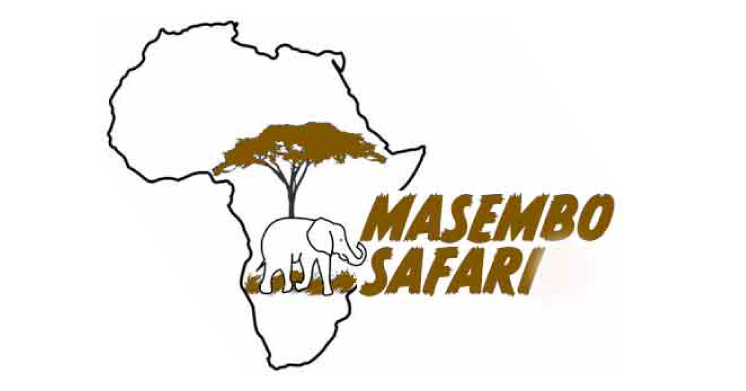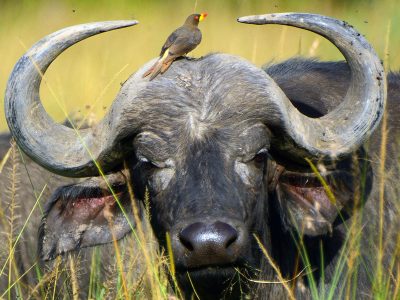Mikumi National Park lie alongside the Northern border of Africa’s biggest Game Reserve – the Selous Game Reserve– forming a unique ecosystem, and is divided by the surfaced road between Dar es Salaam and Iringa. It is thus the most accessible part of a 75,000 square kilometer tract of wilderness that stretches East almost as far as the Indian Ocean. Other natural areas bordering the National Park are the Udzungwa Mountains and Uluguru Mountains. A good surfaced road connects Mikumi to Dar es Salaam via Morogoro, a roughly 4-hour drive.
The open horizons and abundant wildlife of the Mkata Floodplain, the popular centerpiece of Mikumi, draw frequent comparisons to the more famous Serengeti Plains. Lions survey their grassy kingdom – and the Zebra, Wildebeest, Impala and Buffalo herds that migrate across it – from the flattened tops of termite mounds, or sometimes, during the rains, from perches high in the trees. Giraffes forage in the isolated acacia stands that fringe the Mkata River, islets of shade favored also by Mikumi’s Elephants.
Criss-crossed by a good circuit of game-viewing roads, the Mkata Floodplain is perhaps the most reliable place in Tanzania for sightings of the powerful Eland, the world’s largest Antelope. The equally impressive Greater Kudu and Sable Antelope haunt the Miombo-covered foothills of the mountains that rise from the park’s borders.
More than 400 bird species have been recorded, with such colorful common residents as the Lilac-breasted roller, Yellow-throated Long claw and bateleur eagle joined by a host of European migrants during the rainy season. Hippos are the star attraction of the pair of pools situated 5km north of the main entrance gate, supported by an ever-changing cast of water birds.
WHAT TO DO:
- Wildlife safaris
- Walking safaris
- Bird watching
- Camping safaris
GETTING THERE:
- Charter flight
- Drive from Dar es Salaam
BEST TIME TO VISIT
- Accessible all year round.






